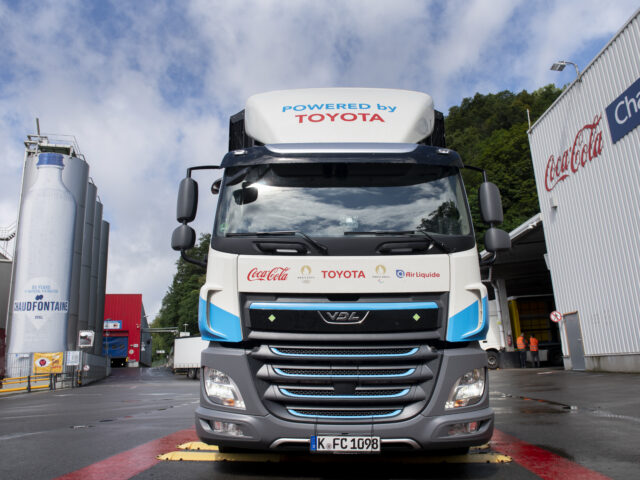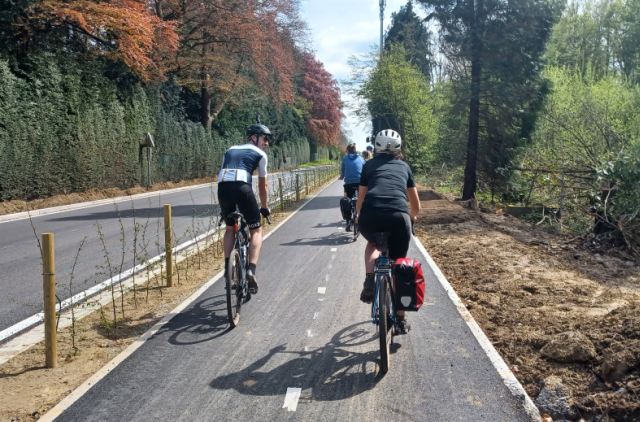
86% of Belgians not ready yet for digital car purchase

The Belgian is not ready yet to buy a new car completely digitally, according to a survey by Traxio /site Traxio
Online sales are rising worldwide due to the corona pandemic, but those who want to buy a new car still prefer to do so physically rather th


Comments
Ready to join the conversation?
You must be an active subscriber to leave a comment.
Subscribe Today